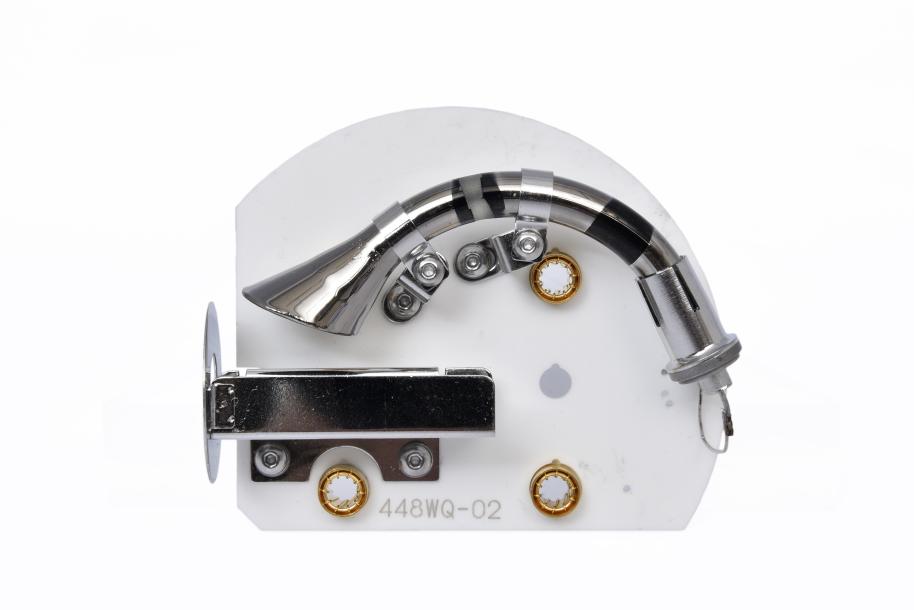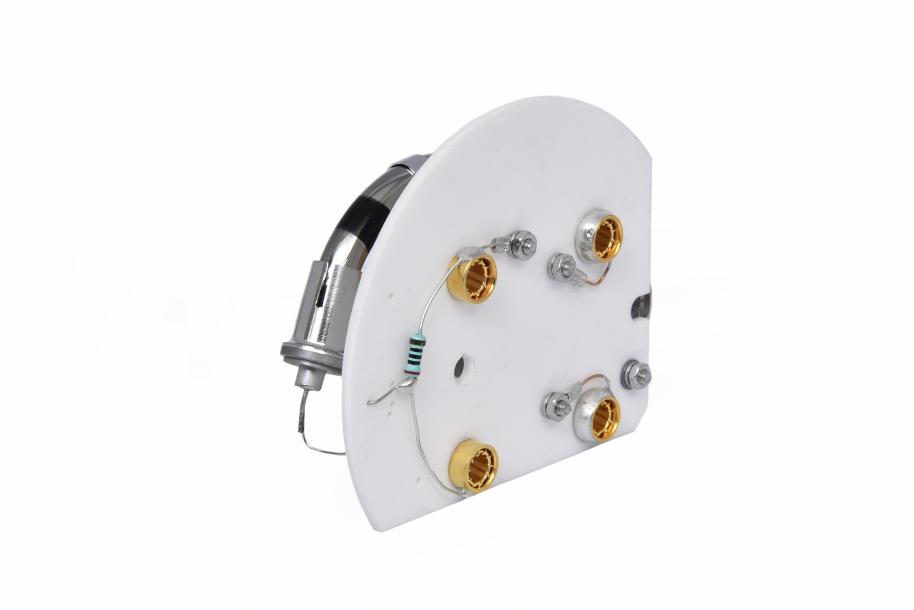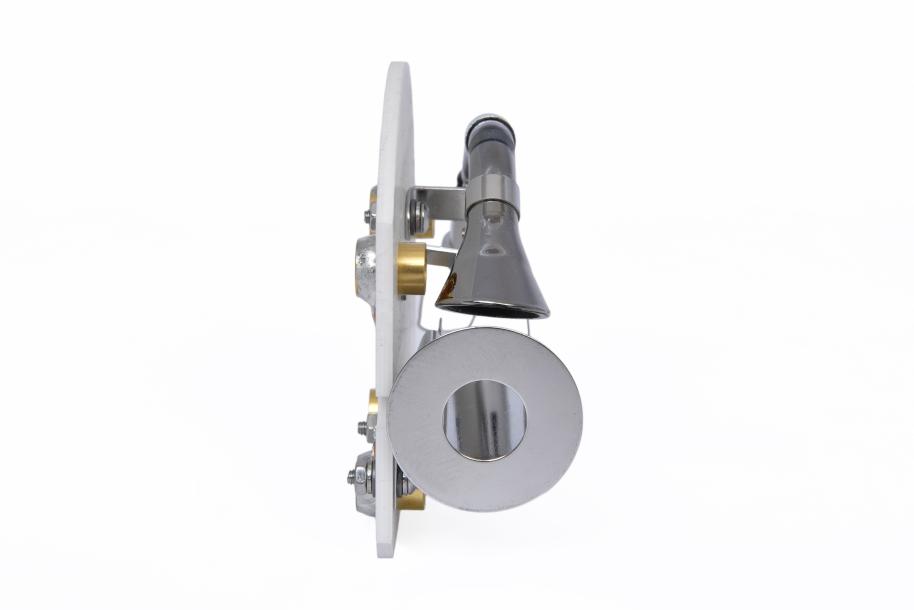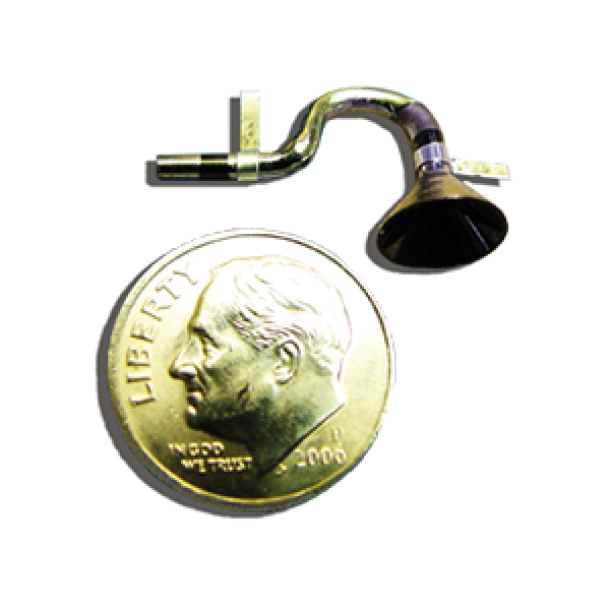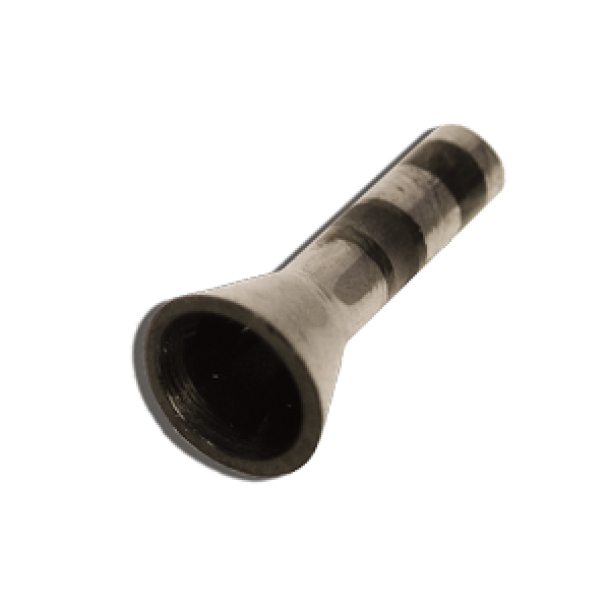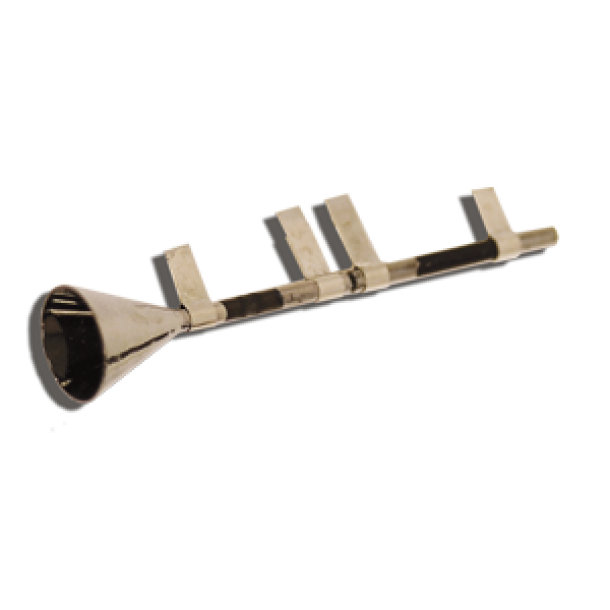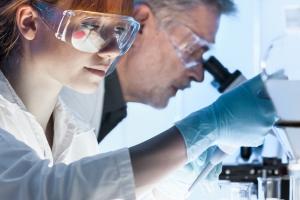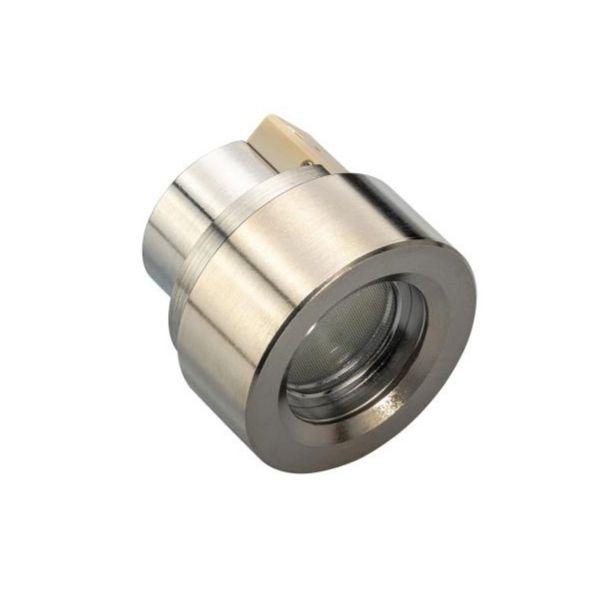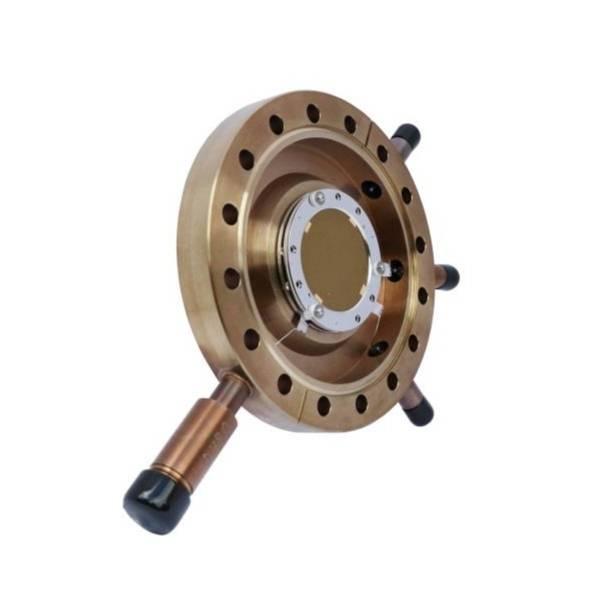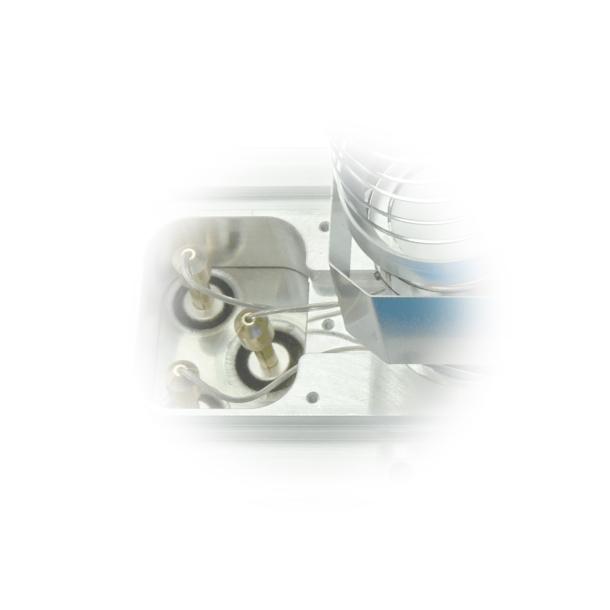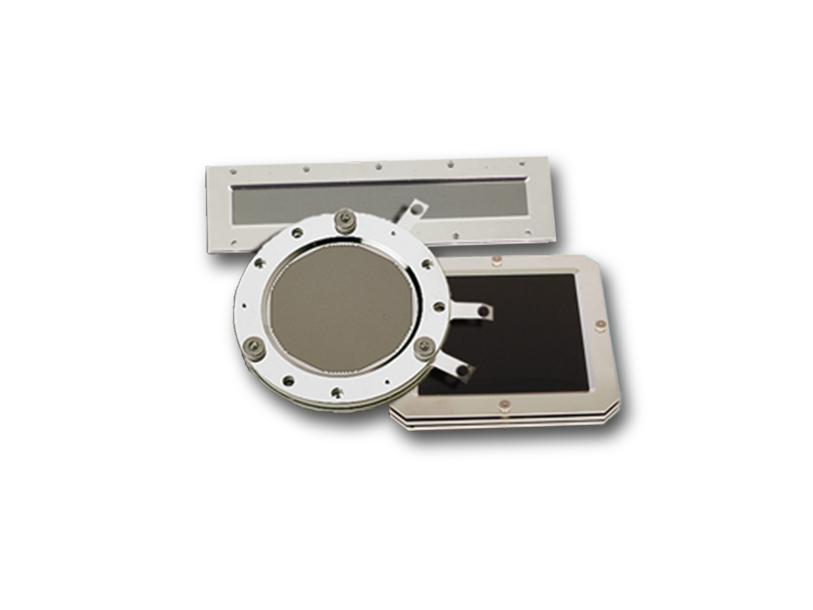
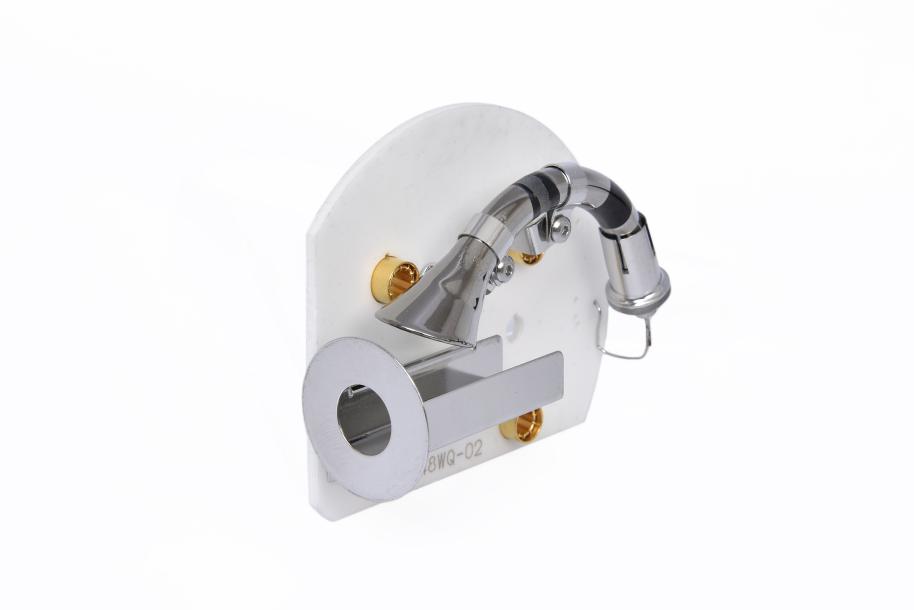
Channel electron multipliers
Photonis is the original manufacturer of Channeltron® electron multipliers, which offer the highest dynamic range to assure an absolutely linear response beyond the limits of most analytical instruments.
Channel electron multipliers
Contact sales or request a quote
Contact usDescription
Our advanced designs provide the highest sensitivity through superior signal collection and noise reduction. Available in various shapes, sizes, and voltages, Photonis’ Channeltron® electron multipliers are engineered to deliver the highest performance available on the market. Cones, grids, coatings, collectors and leads can all be specified, or you can choose one of our many standard models. Improvements in conversion dynode technology have resulted in structures capable of operation at higher voltages and materials with improved ion-to-electron conversion yields for better sensitivity at higher masses.
More than half of the world’s mass spectrometer manufacturers rely on Photonis’ Channeltron® detectors to improve the reliability of their instruments. Due to their low mass and high gain, Channeltron® electron multipliers are also used in many nuclear physics labs and space applications to count electrons and charged particles in pulse mode operation. Other applications include residual gas analysis, plasma analysis, Auger, electron spectrometers, SEM, FIB and leak detectors.
Documentation
Technical Note
Brochure/Leaflet
Papers
Frequently asked questions
How Does a Channeltron Work?
A Channeltron is an electron multiplier that is comprised of a hollow, semiconductive glass “channel” which has an ability to conduct (or transmit) electricity. Channel electron multipliers directly detect and amplify energetic photons and charged particles such as positive and negative ions, electrons and assorted molecular and subatomic particles. When an ion strikes the input face of the device, it causes the electrons on the outermost area of the atom to be released, causing a secondary electron emission. The number of secondary electrons released depends on several factors, such as the type of particle, the angle at which it strikes the surface, and the energy and characteristics of the surface that is struck. These electrons are then accelerated down the channel by a positive bias current which continues to produce additional secondary electron emissions (and so on) until, at the output end of a pulse of 107 to 108 electrons emerges.
The diagram below provides a visual representation of the working principle of Channeltron operation:
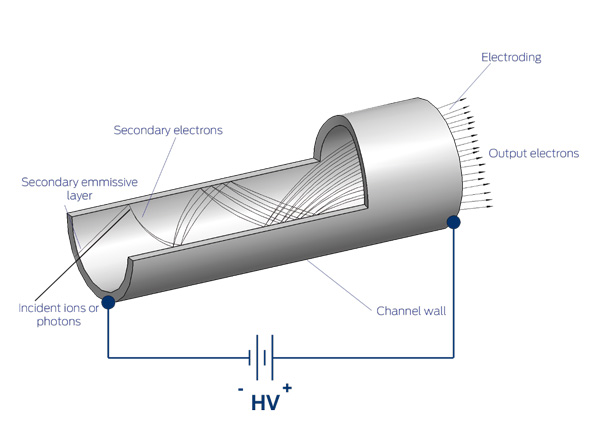
Photonis is the pioneer of Channeltron® Electron Multiplier technology, we possess the knowledge and expertise to recommend the ideal detector for your instrument. For years, customers have been using Channeltrons® because of their superior ability to provide the most accurate analysis. Find out why Channeltrons® are the premium choice among instrument manufacturers.
Why choose genuine Channeltron detector?
If you want a true Channeltron® Electron Multiplier, you must come to Photonis. As the original manufacturer of these products, we have the experience and knowledge necessary to recommend the right detector for your instrument. For years, customers have been using Channeltrons® because of their superior ability to provide the most accurate analysis. Find out why Channeltrons® are considered to be the premium choice among instrument manufacturers.
Optimizing the performance of your mass spectrometer
The performance of your mass spectrometer is often limited by the capabilities of the detector. Photonis developed an electron multiplier family called the MAGNUM™, which provides significantly improved performance by increasing linear output current, reducing noise, and increasing detector life.
Read paper:
Improved Lifetime and Performance for your Mass Spectrometer
